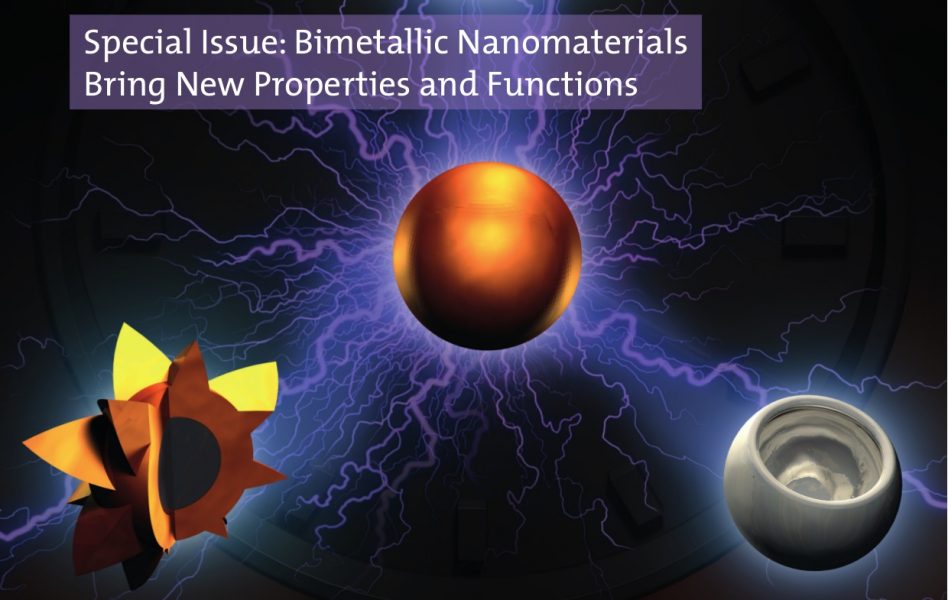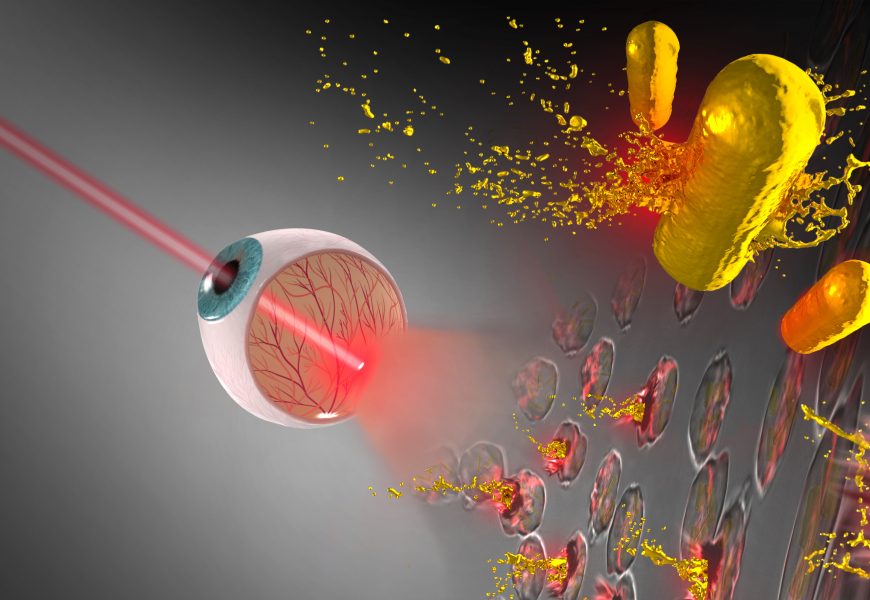Recent developments and perspectives on bimetallic nanomaterials highlighted in Particle & Particle Systems Characterization.


Recent developments and perspectives on bimetallic nanomaterials highlighted in Particle & Particle Systems Characterization.

A 3D imaging approach that enables prolonged functional assessment of the mouse oviduct (or fallopian tube) in vivo.

A technique using gold nanoparticles and laser pulses can successfully destroy retinoblastoma cells.

AM30 events in Hong Kong, Dresden, Beijing, and Singapore.
![Invisible Patterns [Video]](https://www.advancedsciencenews.com/wp-content/uploads/2018/05/adma201707246_ASN_image.jpg)
A new colloidal photonic crystal-based material can hide patterns that are revealed under the flow of humid air.
![Metasurface Enabled Wide‐Angle Fourier Lens [Video]](https://www.advancedsciencenews.com/wp-content/uploads/2018/04/adma201706368_ASN_image.png)
Prof. Shuang Zhang from the University of Birmingham, Prof. Shuqi Chen from Nankai University, and their co-workers, report a 1D, wide-angle Fourier metalens that operates over a broad optical bandwidth.

A team of researchers from the UK present the application of wavelength modulated Raman spectroscopy for the automated label‐ and fluorescence‐free classification of fixed squamous epithelial cells in suspension, such as those produced during a cervical smear test.

Camouflage, illusion or cloaking devices, once deeply rooted in science-fiction, can make an object appear “invisible”. A novel technique for thermal illusion meta-devices is reported.

A true invisibility cloak would encompass an object, and manipulate light, in a manner such that it traveled around the object, rather than reflecting off it. A recent paper reports some exciting progress toward such a design.

LiFi is a novel two-way, high-speed wireless technology similar to WiFi but uses light waves instead of radio waves to transmit data.